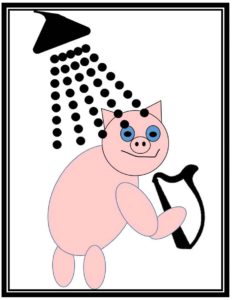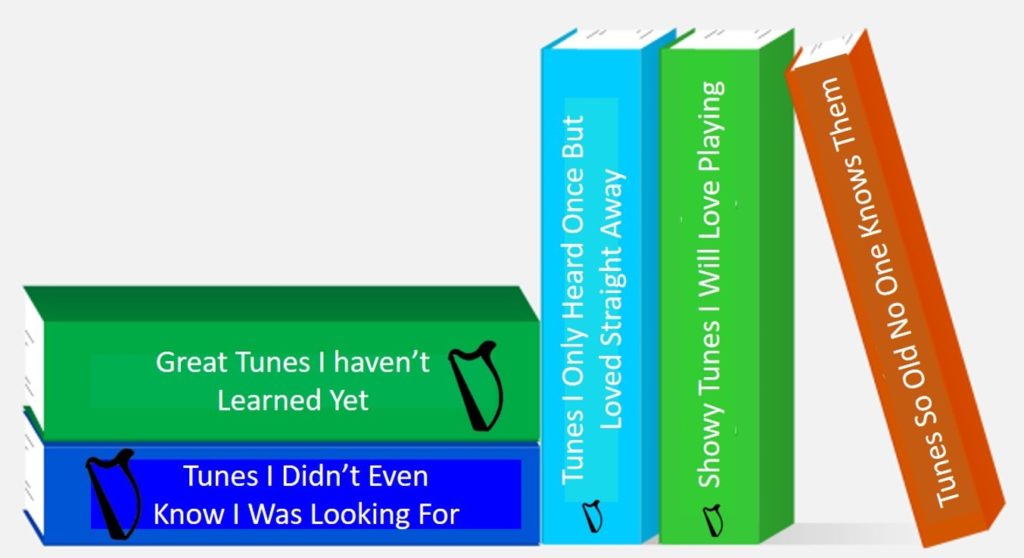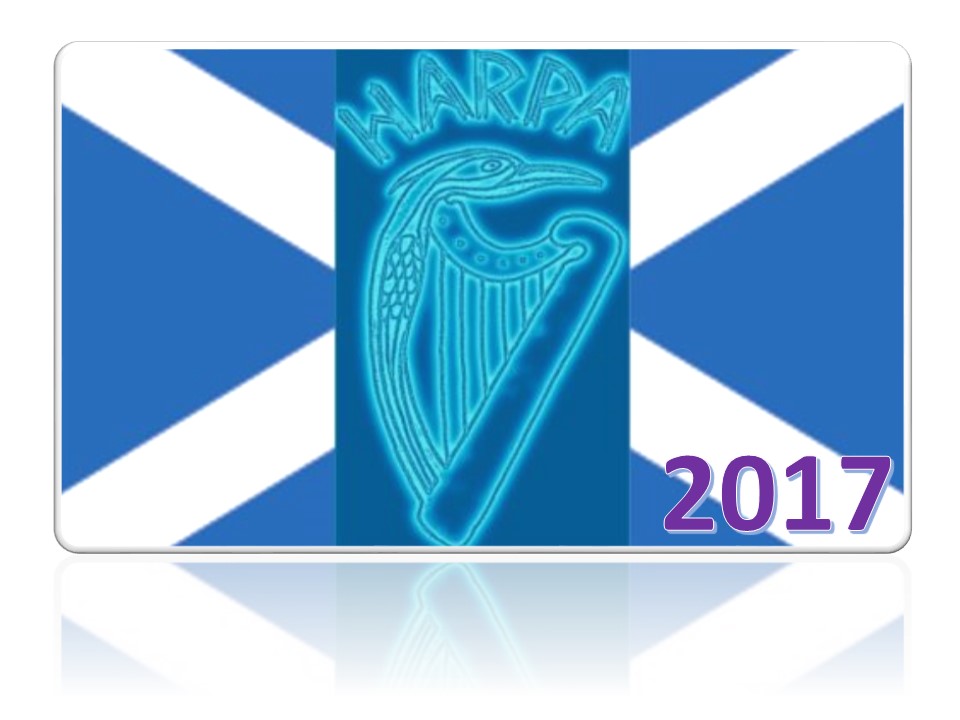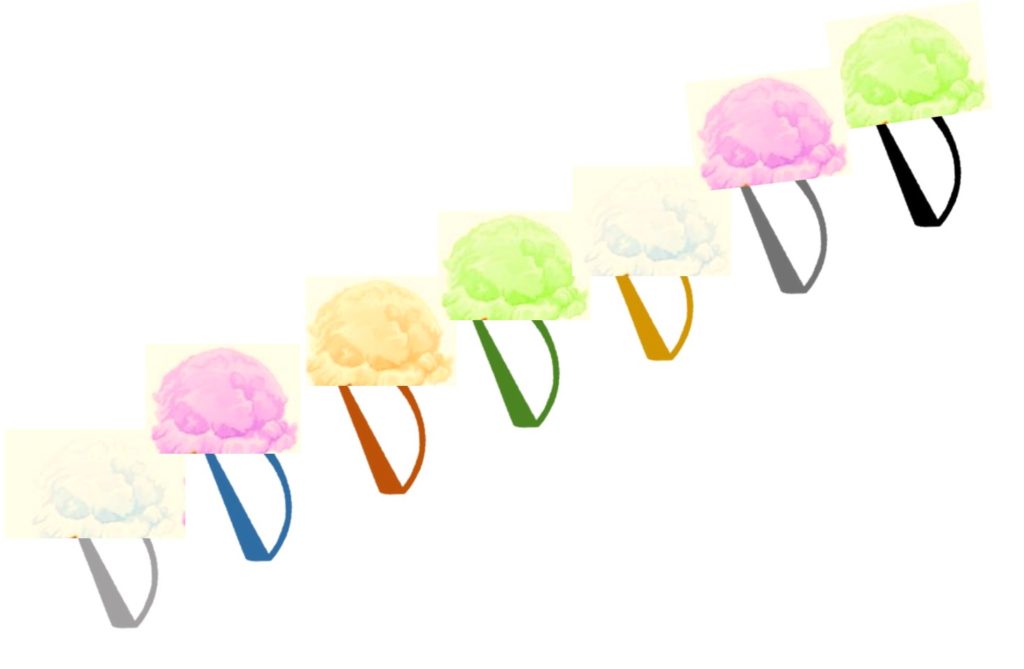John Cleese, legendary funny person and noted actor is quoted as saying, “Nothing will stop you from being creative so effectively as the fear of making a mistake.”
And truly, that is not funny.
We are often our own worst enemies, telling ourselves repeatedly that our mistakes are not creative, just errors, cowering in our harp space not playing so we don’t miss, harboring the fear that we are not good enough to be creative, that other people are creative and we just appreciate their gifts because while they make charming mistakes. our own mistakes come out more like farts.
Hogwash!
 So how will you get around this?
So how will you get around this?
- Acknowledge that mistakes are not failures. Not getting where you meant to only means that you have an opportunity to learn from where you ended up.
- The cool stuff only arises from “mistakes”. Pay attention to where you landed and how you got there – some of the best tunes only get captured by turning on the recorder and collecting everything that comes out of your harp, good, bad and indifferent.
- There really are no mistakes – there are sometimes elements that are not as pleasurable as others but they are stepping stones to the next note. And if music is too perfect, it gets boring.
- Acknowledge that, like fine wine, sometimes an idea needs to age or mature before it is really what you wanted. Give yourself time for creativity to happen. You have no idea how many times the creator tried before you get that perfect “Pinterest” photo!
- Failure – what’s the worst that could happen? While you’re alone in your harp space something you didn’t intend comes out? Get over it and move on! Unlike the movies, creativity is not going to smite you with virtue…you’re going to have to work at it…and take the good with the bad.
Some of the best stuff ever has arisen from having the wrong levers set, not quite remembering how the tune starts, landing on the wrong chord, or some other mistake. So, make a beautiful noise and work with it – nothing that comes out of your harp is a failure!


